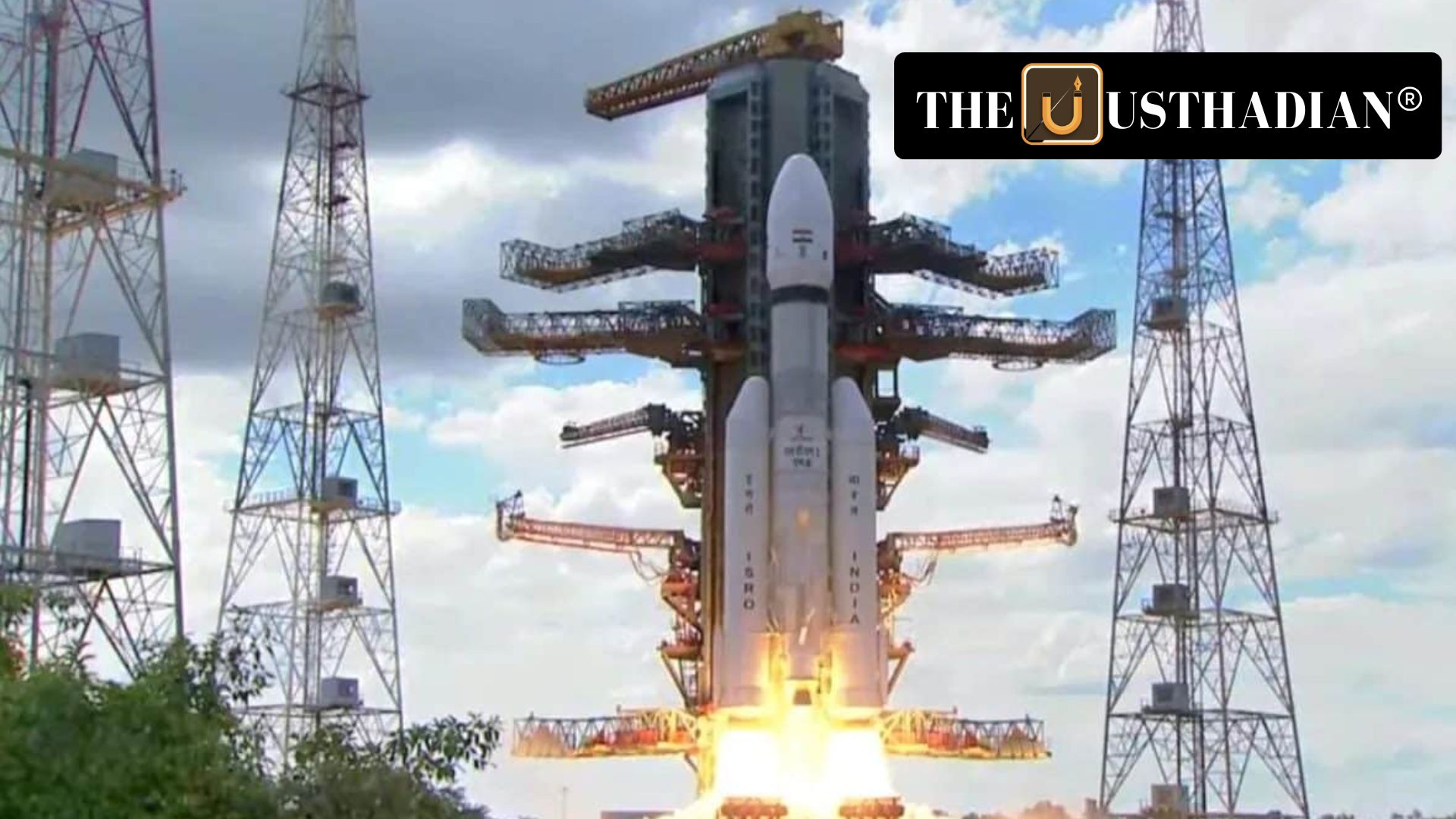A Big Step Forward in India’s Space Plans
India’s Third Launch Pad: A Giant Leap for Space Exploration: India is preparing for a massive leap in its space ambitions. The government has approved the construction of a Third Launch Pad (TLP) at the Satish Dhawan Space Centre in Sriharikota, Andhra Pradesh. This pad is not just another addition—it’s a crucial move to support human spaceflights in the coming decades. With this, India will be better equipped to launch advanced rockets and handle the growing number of space missions.
Why This New Launch Pad Matters
This third pad will support Next Generation Launch Vehicles (NGLV) and LVM3 rockets, which are essential for carrying heavier payloads and even astronauts in the future. One key feature is its flexibility—it can handle different types of launch vehicles. That means it will serve both scientific and commercial missions, from satellite deployments to possible Moon explorations.
Big Budget, Bigger Vision
The TLP project carries an estimated cost of ₹3984.86 crore, a clear sign that India is serious about expanding its space capabilities. It is expected to be completed in 48 months, which means it could be ready by 2028. That timeline is ambitious but necessary, as India competes with global space players. The government’s investment here is not just about prestige—it’s about building a strong future in space research and technology.
Strengthening India’s Space Ecosystem
Currently, India has two launch pads—the First Launch Pad (FLP) and the Second Launch Pad (SLP). The FLP has been active for over 30 years, and the SLP for 20 years. These have been vital for ISRO’s earlier missions. But with increasing demands, adding the TLP ensures backup options and more frequent launches, making India’s space missions more efficient and reliable.
Supporting Long-Term Goals
The Third Launch Pad ties in with India’s larger dreams. Plans include setting up the Bharatiya Antariksh Station by 2035 and even sending an Indian crewed mission to the Moon by 2040. To achieve this, infrastructure like the TLP is essential. Without such facilities, it would be impossible to launch heavy spacecraft or human missions safely.
The Future of Rockets: NGLV
The Next Generation Launch Vehicle (NGLV) is a modern, powerful rocket being developed by ISRO. It’s designed to be partially reusable, which helps reduce costs over time—just like what SpaceX does with its Falcon rockets. NGLV will eventually replace older launch vehicles like PSLV and GSLV and will be central to ISRO’s future plans.
From Disposable to Reusable: A Shift in Strategy
Earlier versions of launch vehicles were fully expendable—they couldn’t be reused after one mission. But now, India is shifting toward sustainable and cost-effective solutions. Reusable rockets like NGLV show that India is ready to play in the big league of global space exploration.
Static GK Snapshot for Competitive Exams
India’s Third Launch Pad: A Giant Leap for Space Exploration:
| Topic | Fact |
| Location of Third Launch Pad | Satish Dhawan Space Centre, Sriharikota, Andhra Pradesh |
| Compatible Launch Vehicles | Supports NGLV and LVM3; adaptable for different configurations |
| Project Cost | ₹3984.86 crore |
| Completion Timeline | 48 months (Target: 2028) |
| Current Launch Pads | FLP (30+ years), SLP (20+ years) |
| New Rocket in Development | NGLV – Partially reusable heavy-lift vehicle |
| Future Missions | Bharatiya Antariksh Station (2035), Indian Moon Landing (2040) |
With this infrastructure in place, India is not just preparing to launch rockets—it’s preparing to launch into the future. The TLP is a cornerstone for what could become a golden age in India’s space journey.








